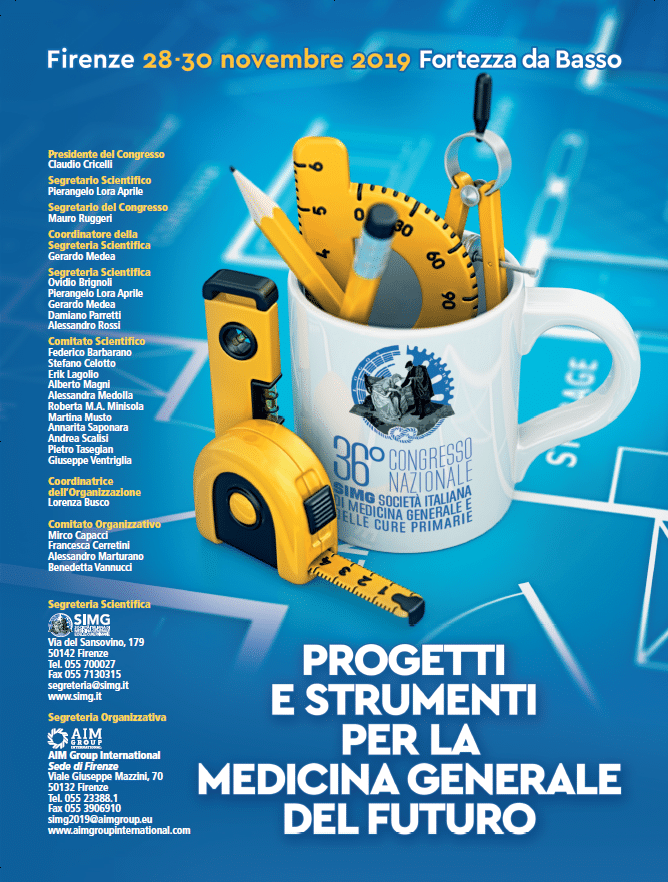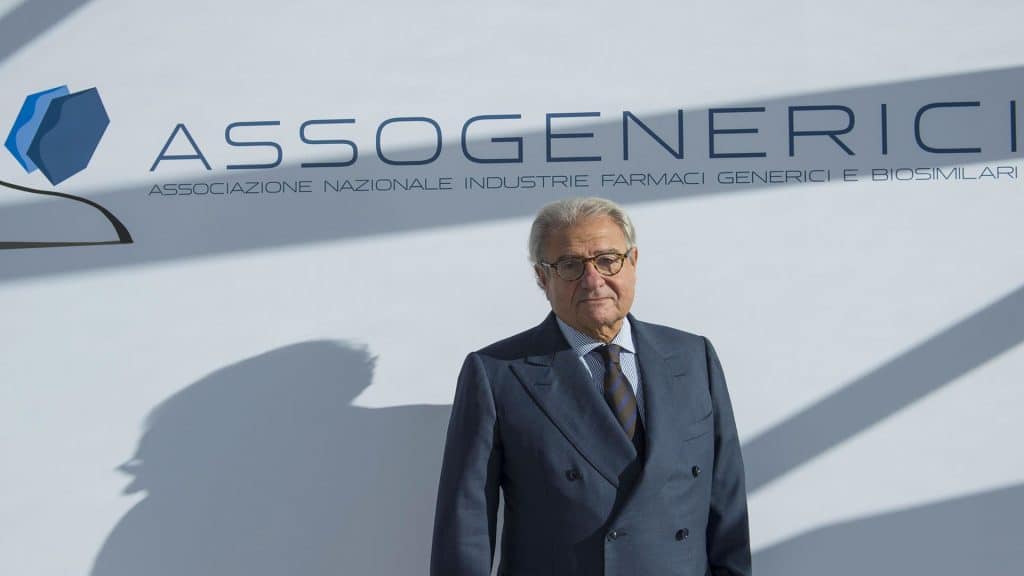
The therapeutic equivalence between generics and originators, in relation to numerous chronic pathologies – especially in the cardiovascular field – is amply demonstrated by numerous studies. But what exactly is the prescriptive attitude of general practitioners? And above all, what is the trend of  prescribing switching between equivalent drug and brand and vice versa?
prescribing switching between equivalent drug and brand and vice versa?
To investigate this hitherto unexplored territory was the Team study – carried out in agreement with Assogenerici by the Research Institute of the Italian Society of General Medicine and Primary Care (SIMG), using the Health Search database (HSD) – which analyzed the prescription profile of generic medicines in general medicine in relation to clinical contexts of arterial hypertension, ischemic cerebrovascular disease and depression.
The study - presented as part of the 36th SIMG National Congress "Projects and Tools for General Medicine of the Future", ongoing until Saturday 30 November at the Fortezza da Basso in Florence - evaluated the patterns of use (prevalence and incidence of use) of equivalent drugs in general medicine in the decade 2008-2018, also quantifying the degree of switching, according to the therapeutic indication, between equivalent drug and brand and between the brand drug and the equivalent as regards hypertension arterial disease, ischemic cerebrovascular disease and depression.
The analysis was carried out on the database containing the clinical information relating to over 1.5 million patients (Health Search Database - HSD) provided by 800 general practitioners - selected throughout the country based on the number of geographical areas of reference (North-East, North-West, Centre, South, Islands) – which daily record information relating to daily professional practice, also codifying pharmaceutical prescriptions.
«The study clearly shows that the increase in generic prescription over time is justified by new users. That is, they are patients who are starting treatment with one of the for the first time  equivalent drugs belonging to one of the therapeutic categories analyzed to justify the increase in the volume of prescriptions recorded - has explained Francesco Lapi, Research Director of Health Search. – Conversely, the switch from brand to generic plays a marginal role compared to that of the first treatments».
equivalent drugs belonging to one of the therapeutic categories analyzed to justify the increase in the volume of prescriptions recorded - has explained Francesco Lapi, Research Director of Health Search. – Conversely, the switch from brand to generic plays a marginal role compared to that of the first treatments».
However, particular aspects emerge precisely on the switch: the study in fact documents a slightly higher prescriptive switching from generic to brand.
«The phenomenon concerns in particular those categories of drugs with respect to which there may be a more relevant perception of the safety aspects of the therapy, both by the doctor and by the patient - commented Claudio Cricelli, President Mr. – The phenomenon, in fact, occurs above all for diuretics or low-dose aspirin: treatments notoriously subject to multiple side effects of varying intensity which – given the individual perception of the same by the patient – can lead to a change in the prescriptive behavior of the doctor. "Summing up – continued Cricelli – the population that uses the equivalent in the first instance as a drug prescribed by the doctor is increasingly growing. The phenomenon of the change of prescription from generic to brand occurs only for categories of products which, despite being of consolidated use in the clinic, present profiles of poor handling. And in any case, these are phenomena whose incidence has been decreasing and which concern an increasingly smaller population, especially in the first year of treatment".
"Both among healthcare professionals and patients, there is still a non-negligible percentage of the population that expresses a distrust of equivalents - commented Enrique Häusermann,  president of Assogenerici. – However, the preliminary results of this research are encouraging both in terms of starting therapies directly with equivalent drugs and in terms of identifying the areas where such mistrust persists due to the poor handling of the active ingredients analysed. And it is precisely in these areas that the GP can play a decisive role in adherence to therapy». «It is therefore evident that adequate knowledge of how the prescribing profile of general medicine has changed in over 10 years is essential to strengthen the relationship of trust between those in need of health (patients) and those who have the scientific knowledge to give answers to the need (doctors) – concluded Häusermann. – For this reason we are happy to support the effort of the SIMG in the research and study of fundamental aspects for the prescriptive appropriateness and therefore the sustainability of the NHS".
president of Assogenerici. – However, the preliminary results of this research are encouraging both in terms of starting therapies directly with equivalent drugs and in terms of identifying the areas where such mistrust persists due to the poor handling of the active ingredients analysed. And it is precisely in these areas that the GP can play a decisive role in adherence to therapy». «It is therefore evident that adequate knowledge of how the prescribing profile of general medicine has changed in over 10 years is essential to strengthen the relationship of trust between those in need of health (patients) and those who have the scientific knowledge to give answers to the need (doctors) – concluded Häusermann. – For this reason we are happy to support the effort of the SIMG in the research and study of fundamental aspects for the prescriptive appropriateness and therefore the sustainability of the NHS".
«Many factors influence the decision to prescribe a drug and the patient's choice to prefer a generic product over a brand reference: cultural factors, information on production and registration methods, the capillarity and continuity of product distribution – he summed up hamsters –. They are all elements that guarantee the clarity of information capable of increasing the patient's decision-making awareness and are changing over time, consolidating the trust of doctors and consumers in generic products".





